|
"Sedges have edges
Rushes are round Grasses have nodes that are easily found (or 'grasses are hollow, what have you found?')" If you've done much plant identification, you may have heard this or a similar expression. Prairies, in short, are grasslands. They are dominated by grasses and grass-like plants such as sedges and rushes, along with abundant forbs (flowers) but only sparse woody vegetation (trees & shrubs). At first glance, especially from a distance, prairies may look like monotonous monocultures. This could not be farther from the truth. A high-quality tallgrass prairie remnant can have more than 300 species, many of which are grasses, or grass-like plants. In our Loess Hills Plant List, which includes many of the species found in western Iowa's natural areas, we have identified 58 species in the Poaceae family, 35 in Cyperaceae, and 4 Juncaceae. In other words, grasses are the most common, followed by sedges and rushes. Overall, there is greater species diversity of forbs (flowering plants), but typically the quantity of grass and grass-like plants exceeds that of forbs in prairies.
Grasses, sedges, and rushes are all monocots. Monocots have one seed leaf and share other common characteristics. "Although all grass-like plants are monocots, not all monocots are grass-like plants." Learn more in this short video from Native Plant Trust:
Differences between the three can include stem structure, sheath form, and flower type, This page from Minnesota Wildflowers is an excellent synopsis of the differences. The chart below from Florida also provides a great summary.
Grasses are commonly sorted into warm-season and cool-season species. According to Missouri Prairie Journal: "Native cool-season grasses are referred to as “C3 grasses” because, during photosynthesis, they use the Calvin-Benson cycle and produce three carbon molecules, while a C4 grass does not directly use the Calvin-Benson Cycle and produces a four-carbon molecule...
These physiological differences allow native cool-season grasses to grow and reproduce in cooler conditions, offering forage in early spring, fall, and part of winter, and seed by early summer, while warm-season grasses continue growing when cool-season grasses are dormant. For more information on comparing these two groups of grasses" (Read more here).
Warm-season grasses include some of the most common grasses in many prairies, such as andropogon gerardii (big bluestem), schizachyrium scoparium (little bluestem), sorghastrum nutans (Indian grass), panicum virgatum (switchgrass), and bouteloua curtipendula (side-oats grama).
Native cool-season grasses include elymus canadensis (Canada wild rye), elymus virginicus (Virginia wild rye), and koeleria macrantha (June grass). Many non-native pasture grasses, such as brome and fescue, were planted because they can provide a food source for plants earlier in the season compared to many of the native warm-season grasses.
Sedges, in the family Carex, are the next most abundant grass-like plants in Iowa's prairies. This blog post by Leland Searles also offers helpful information: "Sedges are an important, often overlooked group of native plants. In Iowa there are at least 125 species belonging to one genus, Carex."
People often remember "sedges have edges" to help identify them while in the field using their stems.
Golden Hills worked with Dr. Tom Rosburg to record this Carex Identification class in March 2021. Dr. Rosburg covers some of the more common sedges found in Iowa. A sedge identification key and other resources can be found at goldenhillsrcd.org/plantid.
Dr. Anton Reznicek (Curator of the University of Michigan Herbarium and Research Scientist in the Department of Ecology and Evolutionary Biology)
The charts below show how a grass (andropogon gerardii/big bluestem), a sedge (carex gravida/heavy sedge) and a rush (juncus dudleyi) are
In this video, Bob Lichvar of the US Army Corps of Engineers briefly describes how to field-identify common rushes.
The taxonomic charts below show where three common species fit into into the classification system. Andropogon gerardii (big bluestem) is a grass, carex gravida (heavy sedge) is a sedge, and juncus dudleyi (Dudley's rush) is a rush.
As important as it is to learn native plants, it's also good to identify invasive and unwanted plant species that can harm native prairie, wetland, savanna and woodland ecosystems. Reed canary grass is one of the most aggressive invasive grasses. It can take over large areas in short amounts of time and crowd out native species. Removing it once it is establish can be very difficult, so it's better to identify it early and prevent it from spreading as much as possible. The Grasses of Iowa's Weedy and Invasive Grasses page is a great resource for learning about non-native and problematic species.
Links & Resources for grass & grass-like plant ID and classification:
1 Comment
|
Archives
June 2024
Categories
All
|
Address712 South Highway Street
P.O. Box 189 Oakland, IA 51560 |
ContactPhone: 712-482-3029
General inquiries: [email protected] Visit our Staff Page for email addresses and office hours. |
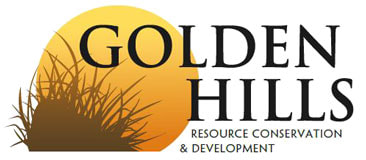
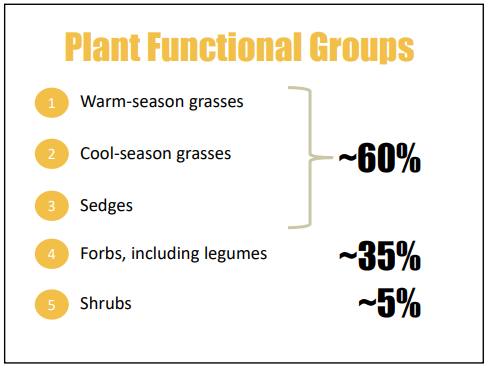
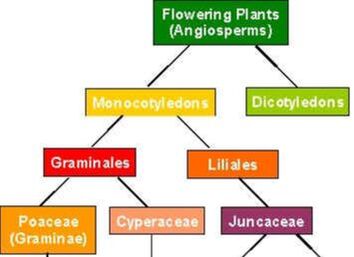
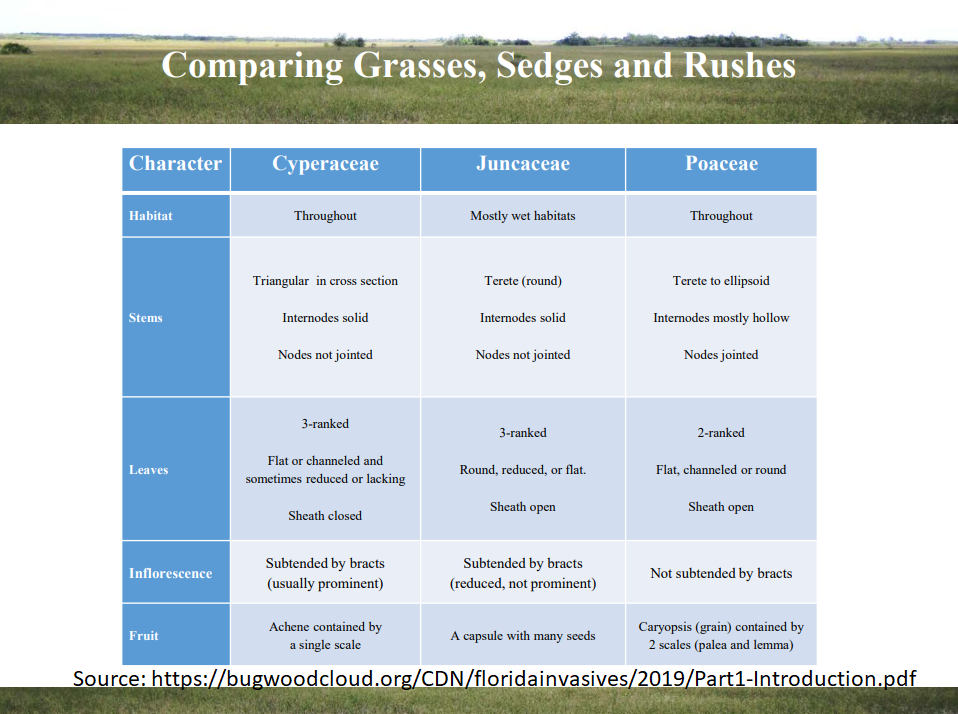
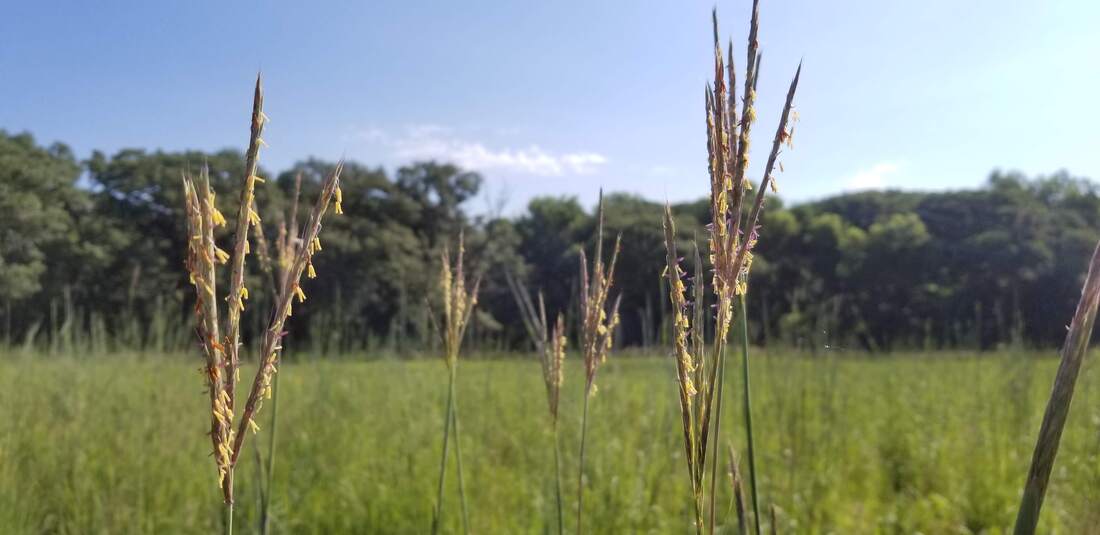
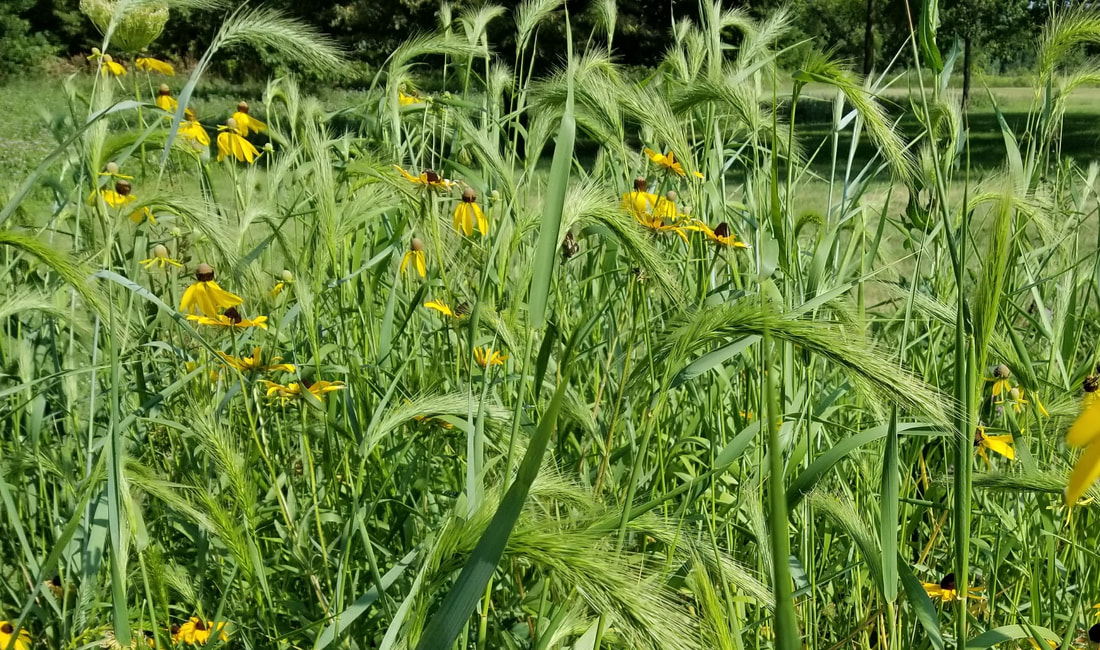
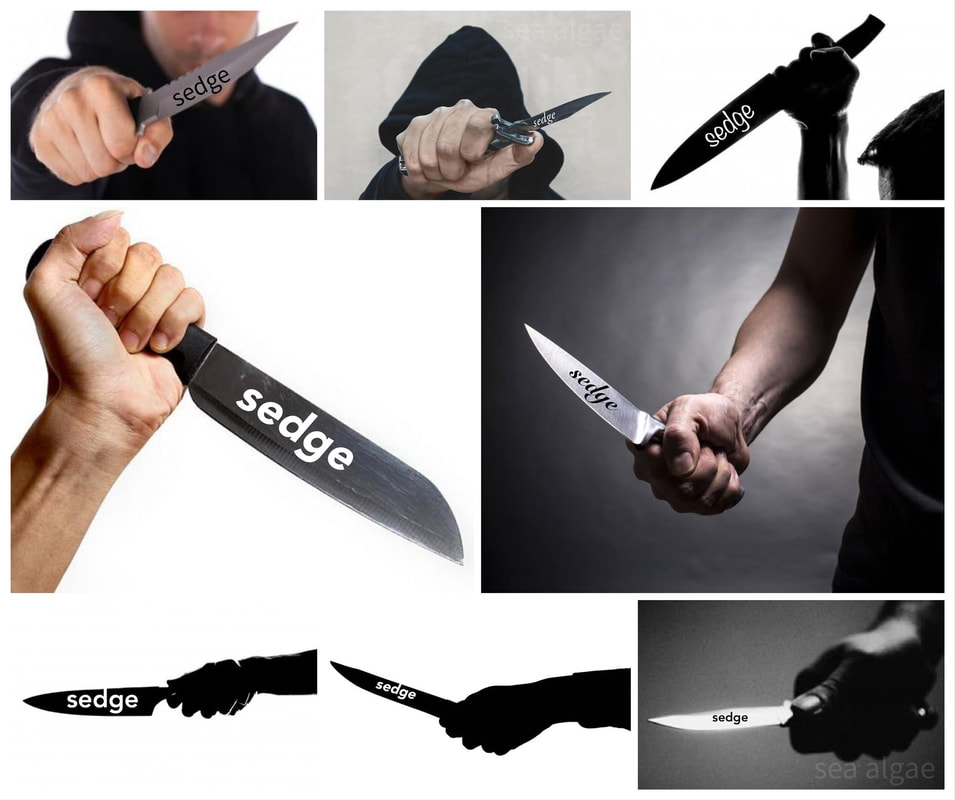
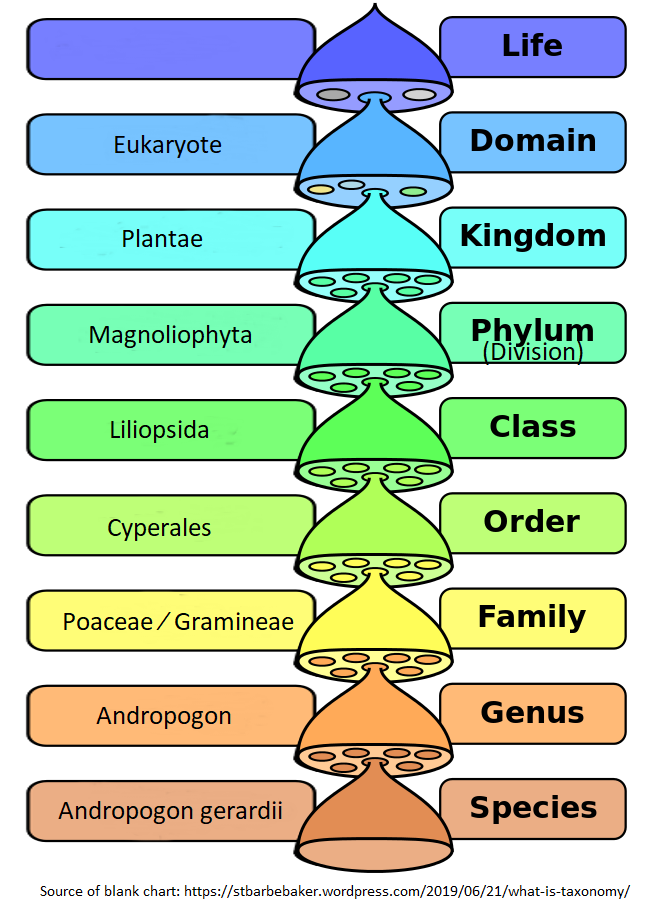
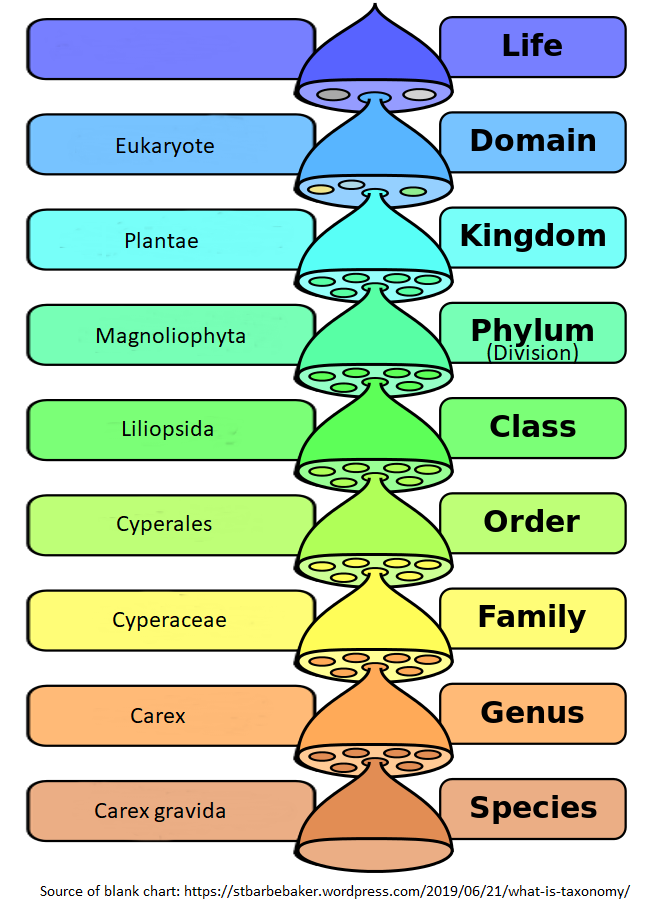
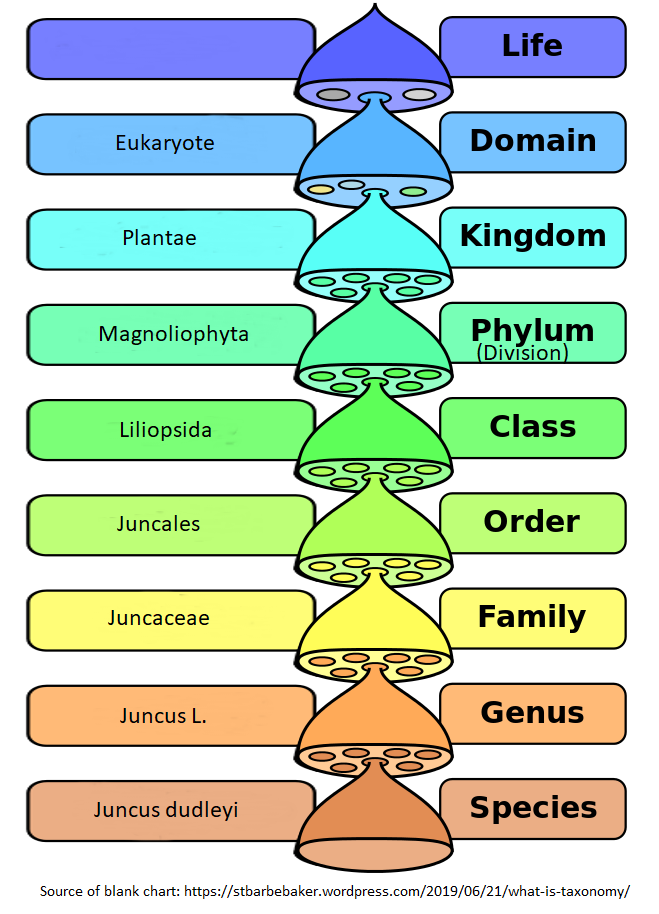
 RSS Feed
RSS Feed